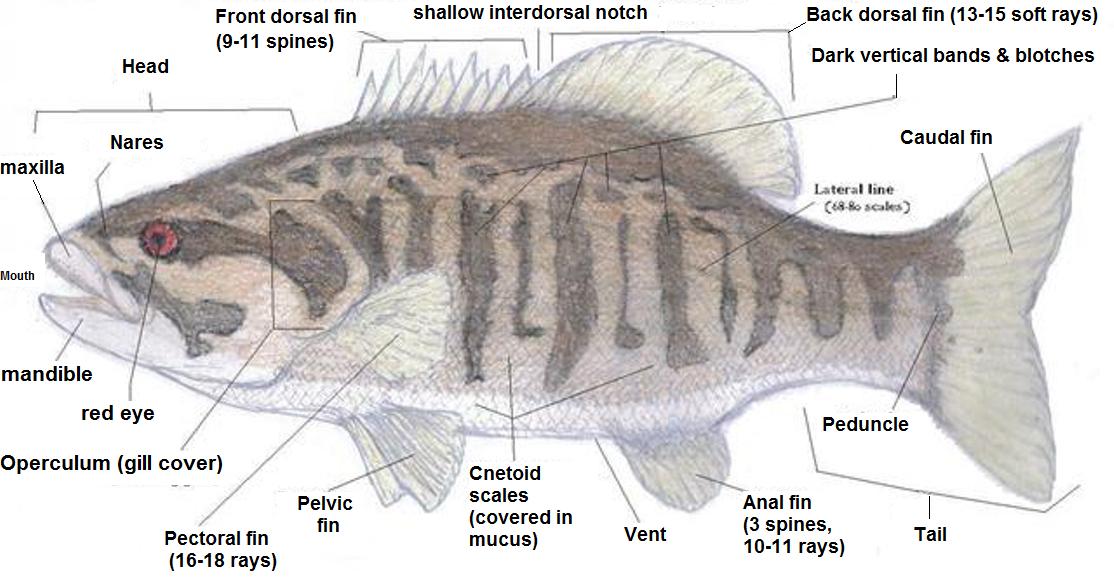

Thankfully, collaborators at NOAA Fisheries captured images of each scale using a special, high-powered microscope, and then used a computer program to measure the distance between each circulus and mark points of interest. However, unlike rings on a tree, which can be counted rather easily, with each ring representing a year of growth, the circuli on scales are too tiny to see with the naked eye, and scales add more than one ridge per year. Mills and her lab staff are looking for.įortunately, fishermen and researchers have been collecting salmon scales for a long time, taking note of when and where they were collected. Scales collected from both salmon at sea and those that have returned to spawning rivers could hold the answers Dr. Mills and her team aim to find out.Īnswering these questions requires additional information, such as where and when scales were collected, and how big the salmon was when it was caught. Maybe the answer lies in an unseen obstacle during part of the salmon life cycle. What are the causes of these growth patterns? Perhaps a salmon’s growth depends on environmental conditions, prey availability, or migration distances. Mills and her lab staff are interested in using that growth information from salmon scales to understand why they are seeing what they are seeing. These insights, although small pieces of a complicated puzzle, can reveal how long a particular salmon spent at sea, how long it took to mature, or how much it grew compared to other members of its cohort when it returned to its natal river to spawn.ĭr. When the circuli are close together, the salmon likely experienced a slower period of growth. For example, a bigger gap between circuli on a scale means the salmon likely experienced a fast period of growth. For many fish, such as Atlantic salmon, as their scales grow in size over time, they periodically leave behind mineralized ridges called circuli.īy looking at the distance between a scale’s circuli, researchers can learn a lot about the scale’s owner. Like the rings in the trunks of trees, scales can provide a comprehensive record of growth over the life of individual fish. Scientists can learn a lot about salmon just by looking closely at their scales.
Circuli in fish skin#
Mills and her team are gathering valuable information from a different type of evidence: salmon scales.īut, how can researchers use slivers of salmon skin to unravel the mysteries behind the decades-long decline of Atlantic salmon numbers?

Just like detectives can use footprint evidence at a crime scene to learn about the timing and movements of a potential suspect, or how tall a person might be based on the shoe size left behind, Dr. Kathy Mills, GMRI Research Scientist, and members of her research team are looking for clues that might help explain Atlantic salmon’s continued plight, and what we can do to reverse their fortunes. Despite conservation efforts, Atlantic salmon populations are still declining, decades after being listed as endangered in the United States.


 0 kommentar(er)
0 kommentar(er)
